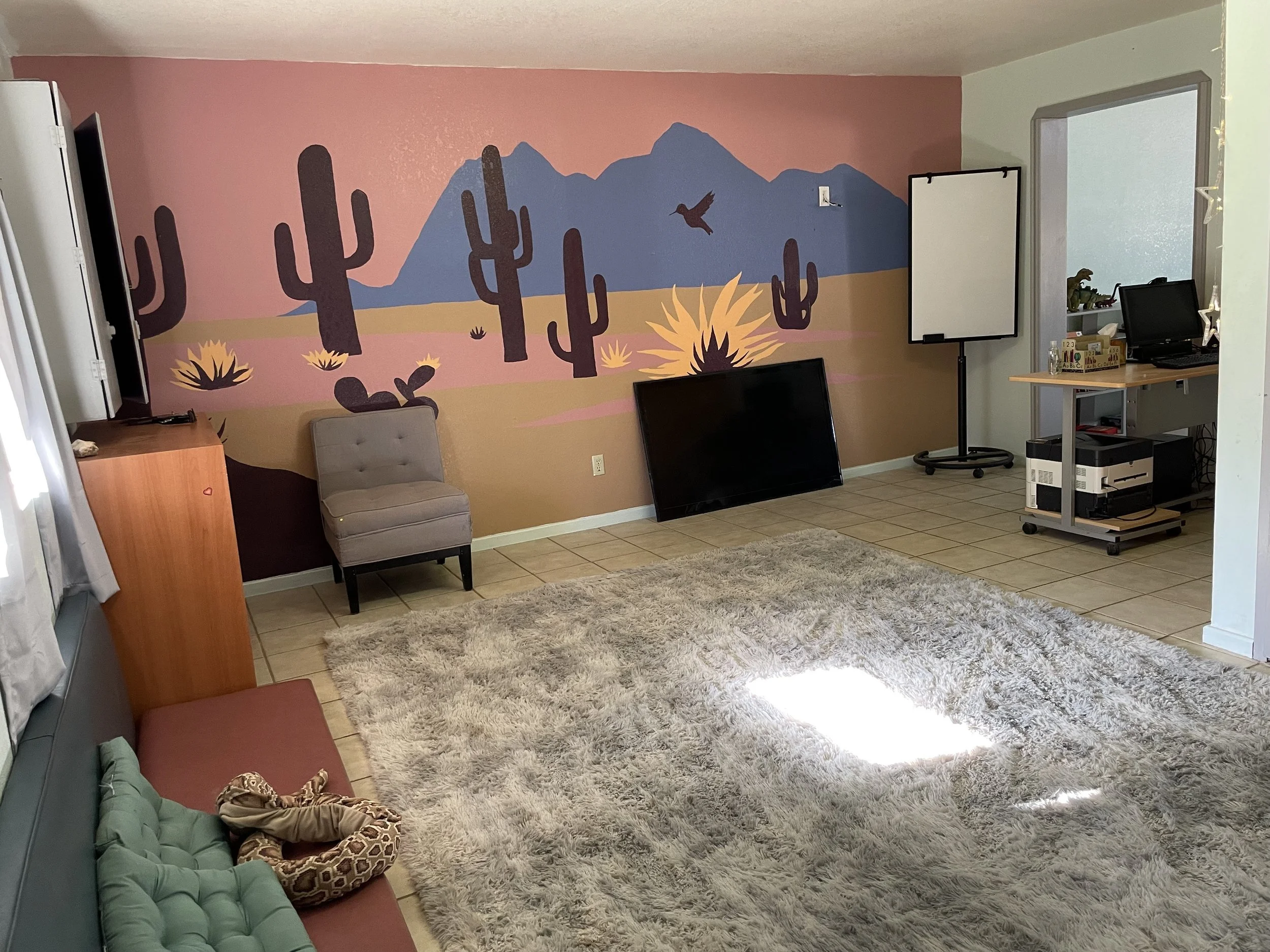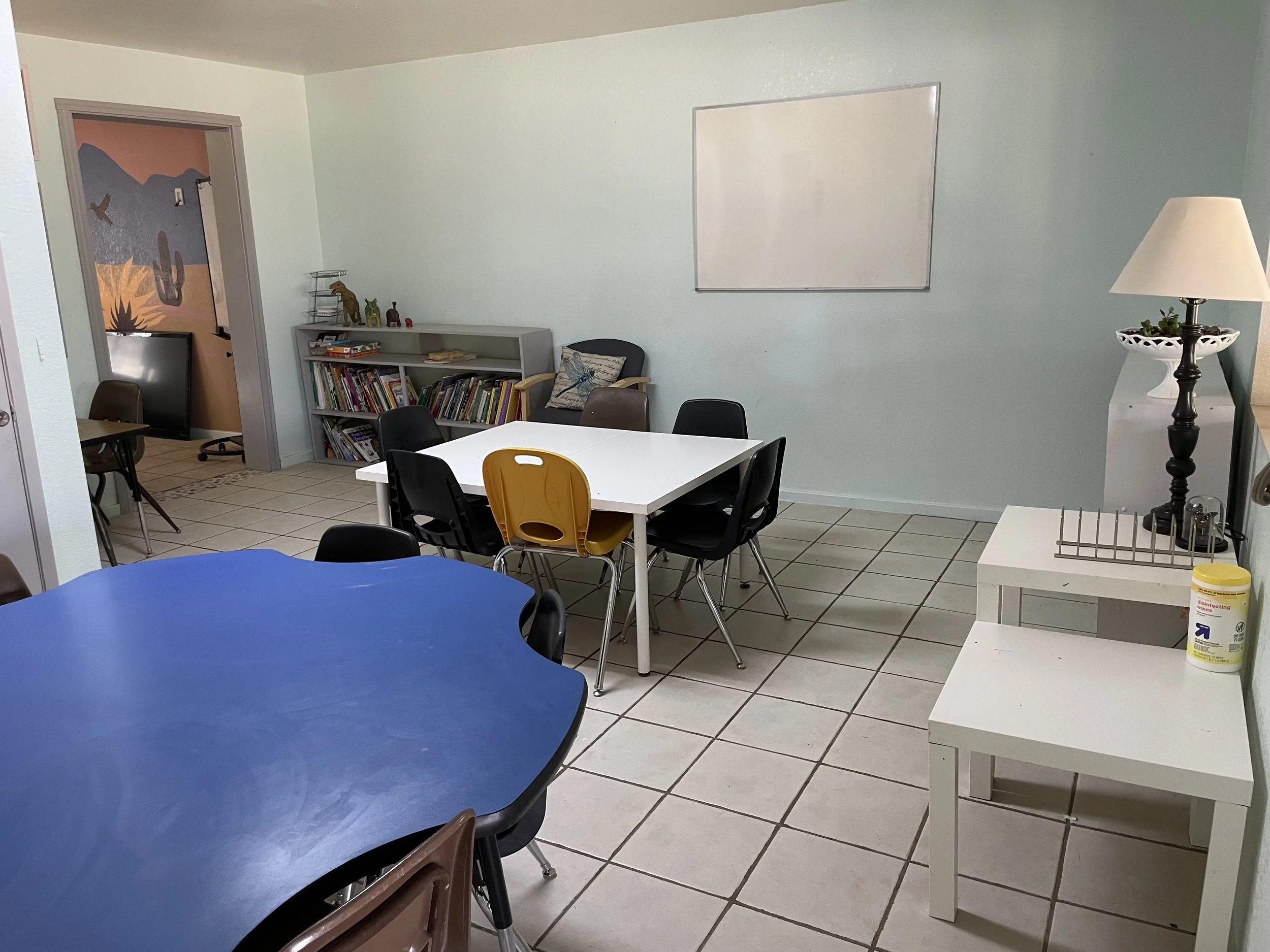
1ST GRADE
Desert Discoverers
Discovering Desert Wonders
In 1st Grade: Desert Discoverers, students embark on an immersive journey through arid landscapes, studying the unique adaptations of desert plants and animals. They explore the Sonoran Desert’s rhythms, from dawn’s cool breeze to nocturnal desert life, gaining a tangible understanding of this vibrant ecosystem.
Through sand-based experiments, cacti watercolor painting, and storytelling of Indigenous desert folklore, children build observation skills and creative thinking. This hands-on approach ensures they connect science concepts to real world discoveries, fostering curiosity and ecological respect from the very start of their academic journey.

Biome Overview
The Sonoran Desert is a tapestry of rugged terrain, towering saguaro cacti, and resilient wildlife. With extreme temperature swings and scarce rainfall, its species have evolved remarkable survival strategies, from nocturnal activity to water storing tissues.
Key Concepts
Adaptations to arid climate
Nocturnal animal behavior
Water conservation strategies
Succulent plant survival mechanisms
Indigenous knowledge of desert stewardship
Focal Points
-

Internal
Who Are We?
Through mindful desert meditations, students build self-awareness and learn how their feelings connect to the expansive environment.
-

External
Who Lives Here?
Children study desert flora and fauna, like saguaros and Gila monsters, while learning cultural stories from Tohono O’odham experts.
-

Metaphysical
What’s Happening?
Students investigate sand dune formation, temperature cycles, and seasonal monsoons through hands-on observations.
-

Interconnection
How Are We Connected?
By mapping water flow and plant-animal interactions, learners see how the desert’s resources circulate through the ecosystem.
Subjects & Learning Domains
-
Yoga inspired stretches and desert themed games develop balance and focus in wide-open spaces.
-
Interactive read alouds of desert tales and folktales promote early literacy and cultural appreciation.
-
Students create saguaro silhouette paintings and sand texture collages inspired by desert hues.
-
Hands-on labs include soil sieving, cactus cross-section studies, and nocturnal insect observations, bringing desert science to life.
-
Desert journaling and diagram labeling help children articulate their observations in writing.
-
Guided sand meditation and simple breathing exercises foster emotional awareness and self-regulation.


